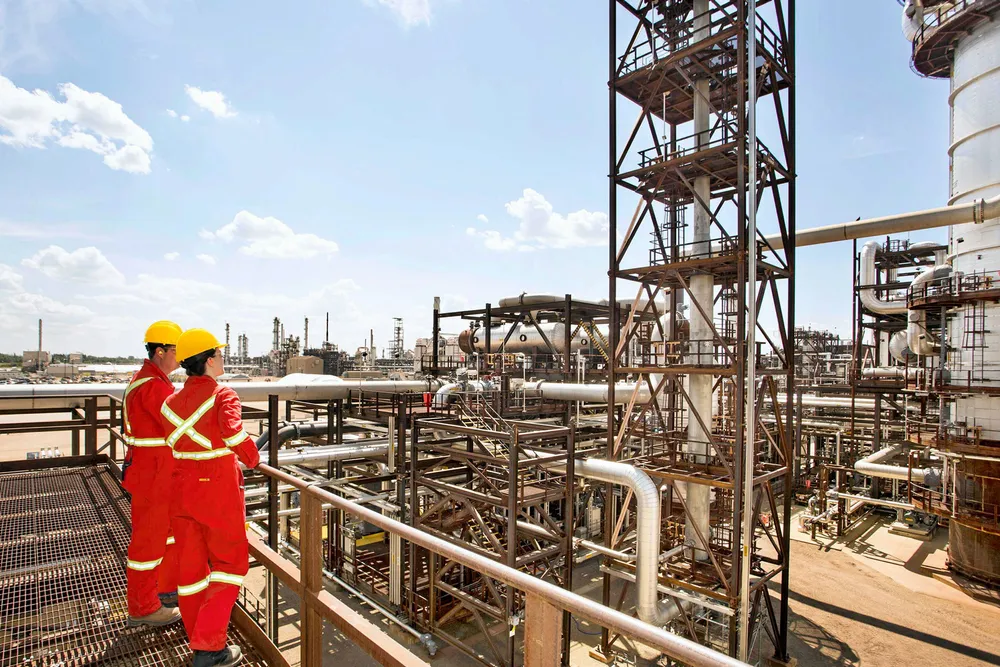Carbon capture and storage gaining momentum, but clock is ticking to reach climate goals
Total CCS capacity under development or in operation has risen 48% compared to a year ago with more countries making the technology a priority to hit emissions reduction targets
